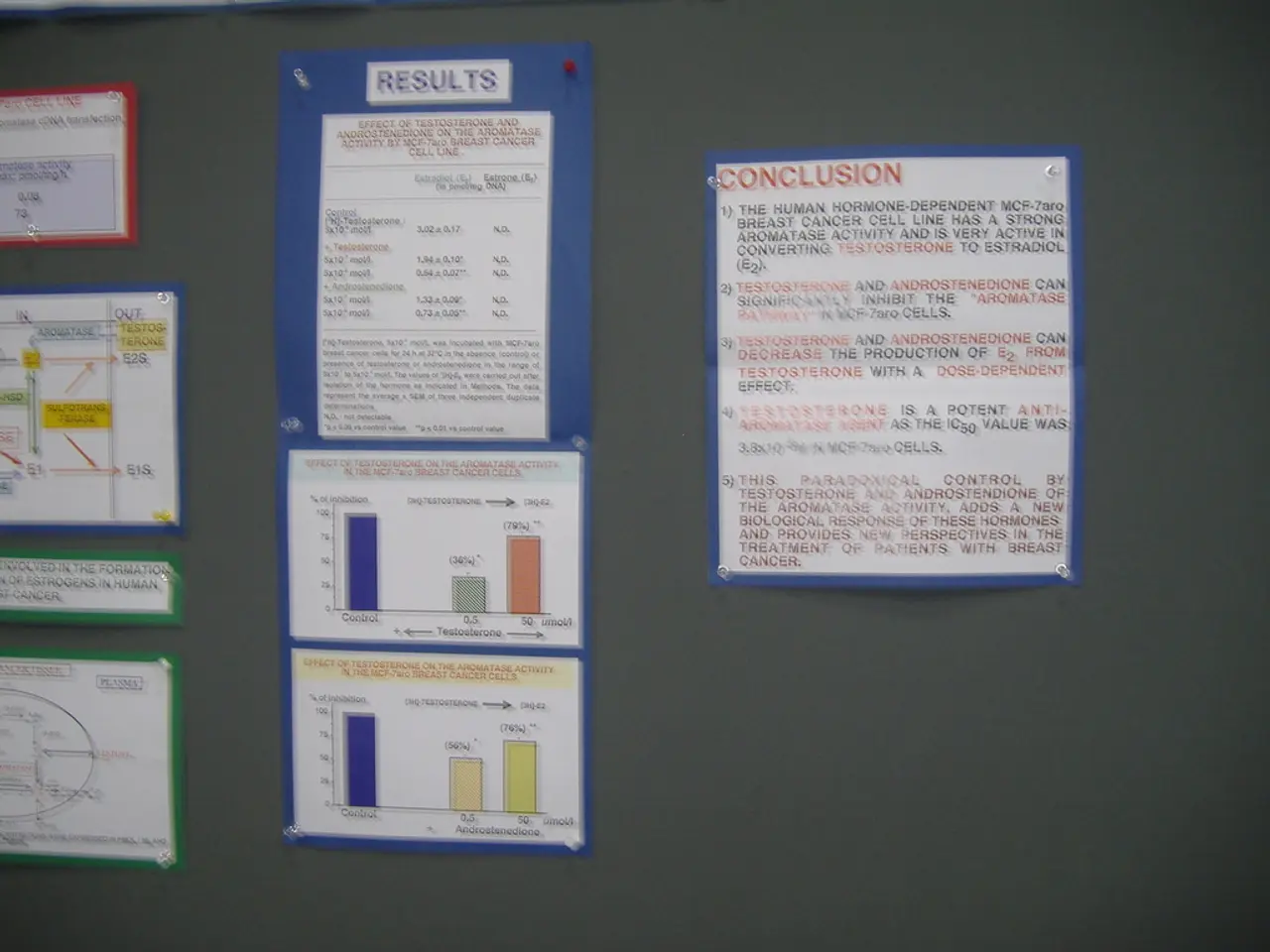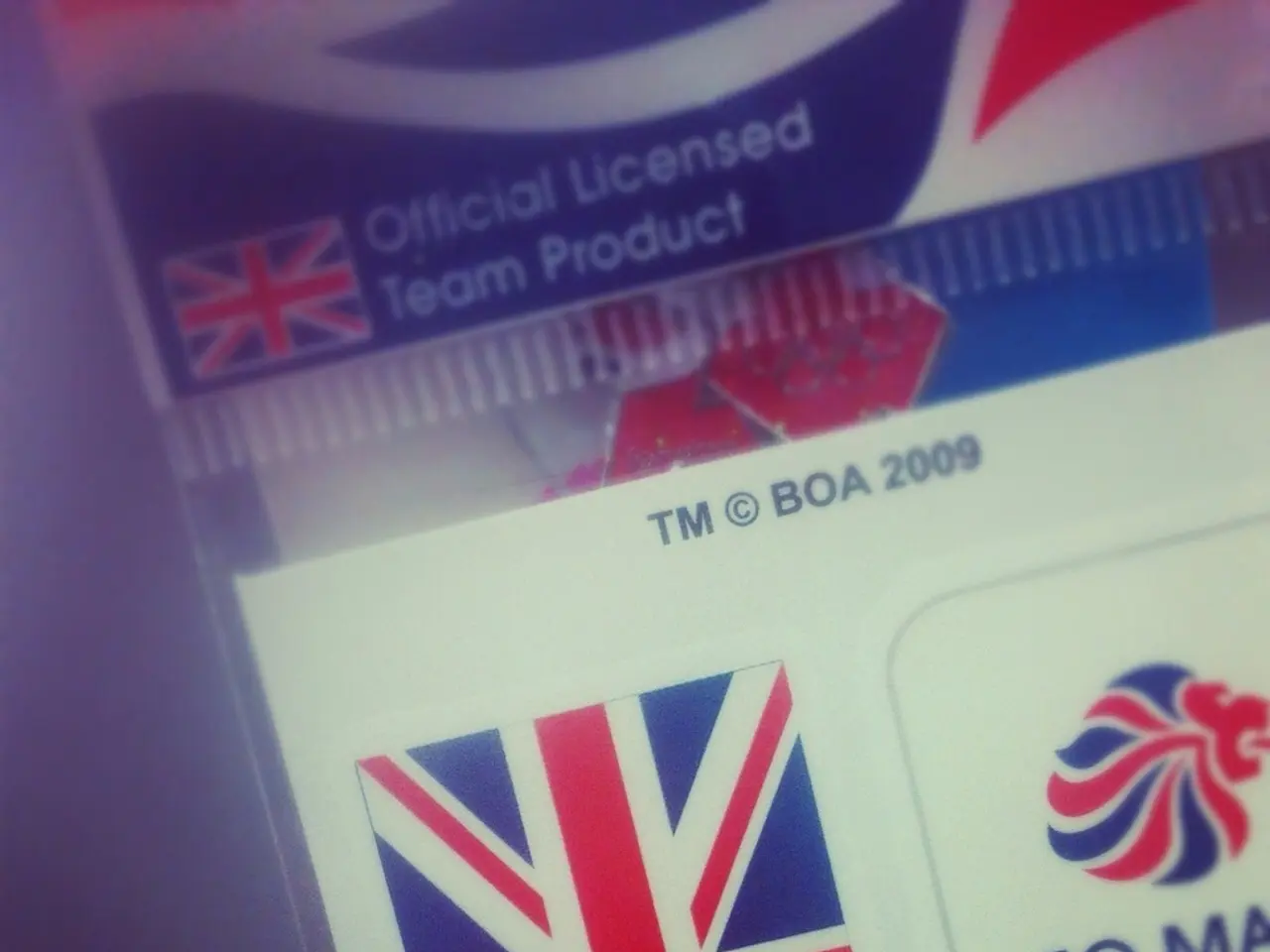Streamlined Methods for IB Math Scholars to Boost Efficiency: Maintain Order, Absorb Content Faster, and Secure Better Grades
In the realm of International Baccalaureate (IB) Math, effective note-taking is a cornerstone of success. This article outlines best practices for organizing, colour-coding, and reviewing your notes to optimize understanding and retention.
Tailoring Notes by Assessment Type
The art of note-taking in IB Math revolves around clear organization, strategic colour-coding, and efficient review methods. Here's how to put these principles into practice:
Organization Strategies
- Maintain a dedicated notebook or binder for IB Math, with separate sections or tabs for topics such as Algebra, Calculus, or Probability. This facilitates easy access and review of material.
- Use graph paper or ruled paper to write formulas, worked examples, and definitions, aligning steps clearly to avoid confusion.
- Re-write notes at home after class to reinforce learning and clarify any gaps or mistakes, making your notes a reliable study resource.
- List problem-solving steps explicitly and logically to track methods used—this is essential since IB examiners look for clear approach and method marks.
Color-Coding Techniques
- Adopt a consistent color scheme for math topics or types of content, such as blue for formulas, red for important notes, green for examples, and yellow for definitions or theorems.
- Highlight key formulas, rules, or common mistakes to visually separate critical information from routine details.
- Use colored tabs or sticky notes in your notebook to mark difficult sections or areas requiring additional practice, facilitating quick reference.
Efficient Reviewing
- After attempting practice or past paper questions, carefully analyze mistakes by comparing your answers with IB mark schemes to understand the examiner’s expectations and pinpoint errors.
- Review and update your notes regularly, focusing on mistakes and misconceptions to avoid repeating them in exams.
- Use visual tools like mind maps or infographics to connect concepts and visualize relationships between topics.
- Form study groups to discuss challenging problems and share note-taking strategies, which can reinforce learning and uncover gaps you might miss in solo study.
Student Testimonials: How Better Notes Improved Scores
By implementing these practices, students have reported significant improvements in their IB Math scores. Stay tuned for our follow-up article on efficient revision strategies!
How to Review and Revise Your Math Notes Efficiently
Math note-taking must combine visual organization, logical progression, and compact explanation. Here are some tips to help you get started:
- Include step-by-step solutions, not just answers, to reinforce concepts, catch errors early, and practice communicating math thinking.
- Use graphs and diagrams liberally to connect visual and symbolic math.
- Strategy #8: Summarize each topic in your own words.
- At the end of each topic, dedicate space for common mistakes to avoid, such as misconceptions, calculation habits, and notation errors.
- Create a formula bank on every page or chapter, listing relevant formulas, unit conversions, and calculator commands for each topic.
- Always include date, topic, subtopic, paper relevance, and SL or HL indicators in headers for easy revision.
Strategy #7: Digitizing Notes with Tablets or Scanning Apps
For those who prefer digital notes, consider using a color scheme (blue for formulas and definitions, green for worked examples, red for common errors or warnings) to aid memory retention and make notes easier to scan. The Cornell Method, Two-Column Notes, and Mind Maps are effective note-taking formats for IB Math.
Tools to Enhance Math Note-Taking
Stay tuned for our list of recommended tools to enhance your math note-taking experience!
Frequently Asked Questions (FAQs)
- Math lessons often move quickly, covering both theoretical concepts and worked examples, posing challenges like keeping up with step-by-step calculations and balancing between taking notes and practicing problems. Effective note-taking helps IB Math students reinforce daily learning, organize complex topics, and review more efficiently before assessments.
By following these guidelines, you'll be well on your way to acing your IB Math exams! Stay tuned for more tips and tricks to help you succeed.
The principles of effective note-taking in IB Math can also be applied to other areas of education and self-development, such as personal-growth and learning through the use of flashcards. For instance, organizing flashcards by topic and color-coding them can help with memory retention and review during study sessions, leading to improved understanding and learning.
Moreover, incorporating strategies like listing steps explicitly, using visual tools, and actively revising and updating flashcards can boost one's learning efficiency and enhance their personal-growth trajectory. Consistent practice and connection of related concepts can lead to better mastery of the material, as is the case with IB Math notes.




